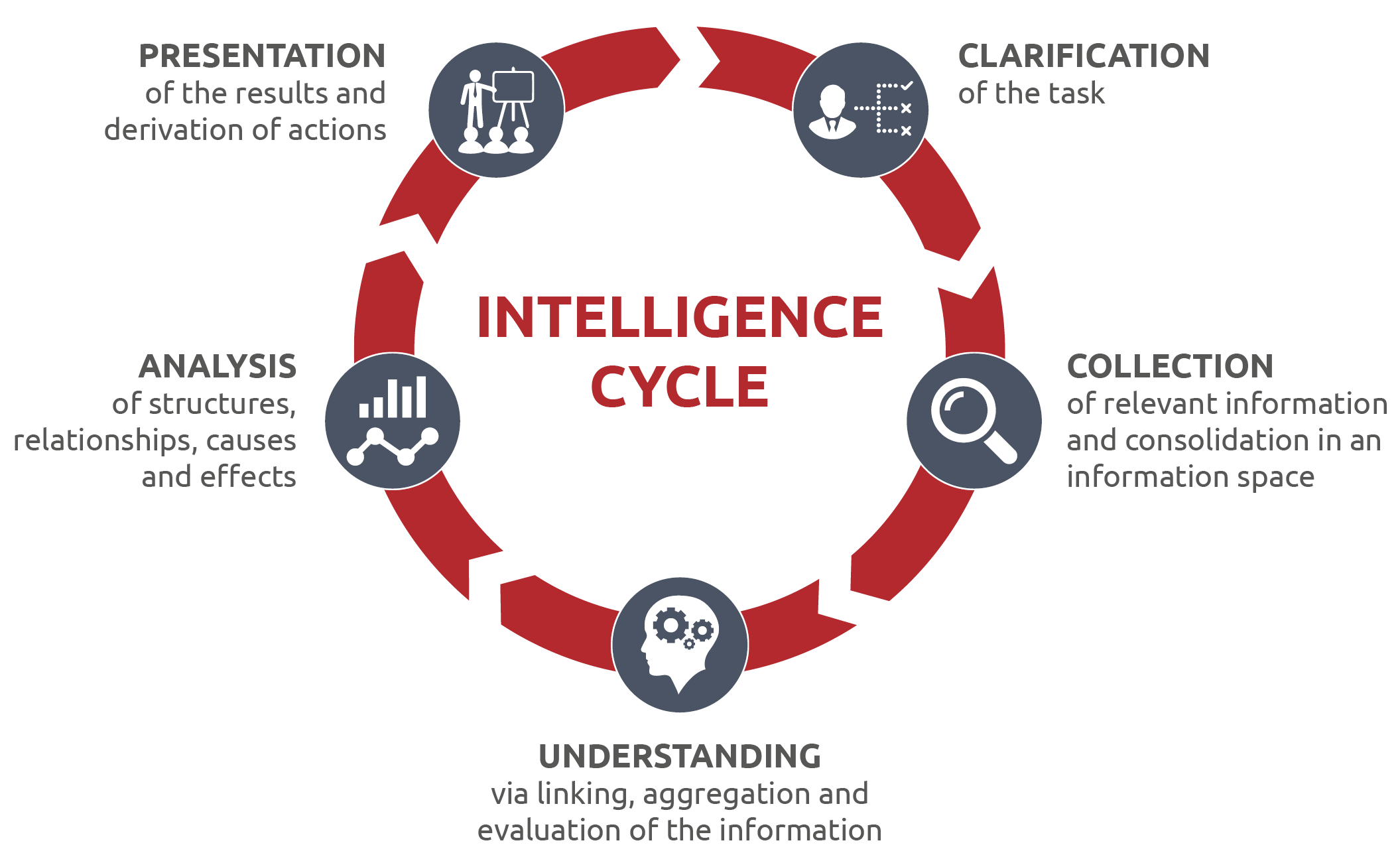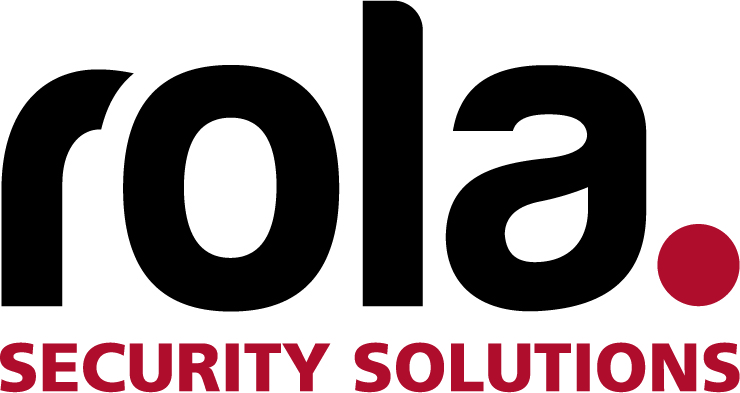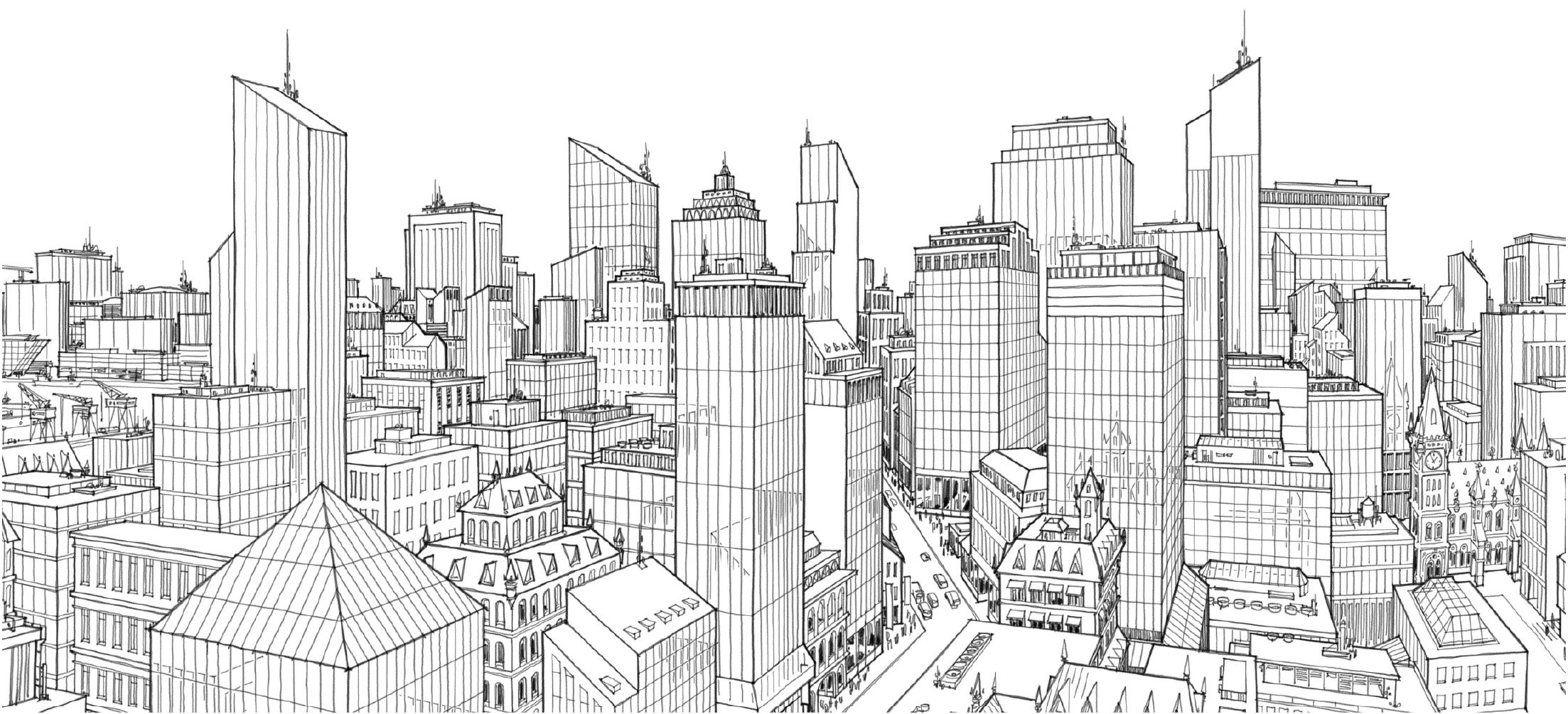IN WIDESPREAD DAILY USE
There are many answers to the question of the best way to acquire information from data, and knowledge from information. rola has developed one answer with rsFrame, and over almost four decades has expanded it into a standard suite of software used on a daily basis in, for example, central application areas of the police and intelligence services, the military, border protection and tax investigation authorities. Case investigators, manhunt staff, operations managers, profilers, intelligence officers and data analysts all rely on the core product from Oberhausen, and not just in Germany. rsFrame provides the experts’ work processes with a logical structure and a clear framework, from the data collection via the evaluation and analysis through to visualisation, presentation and reporting.
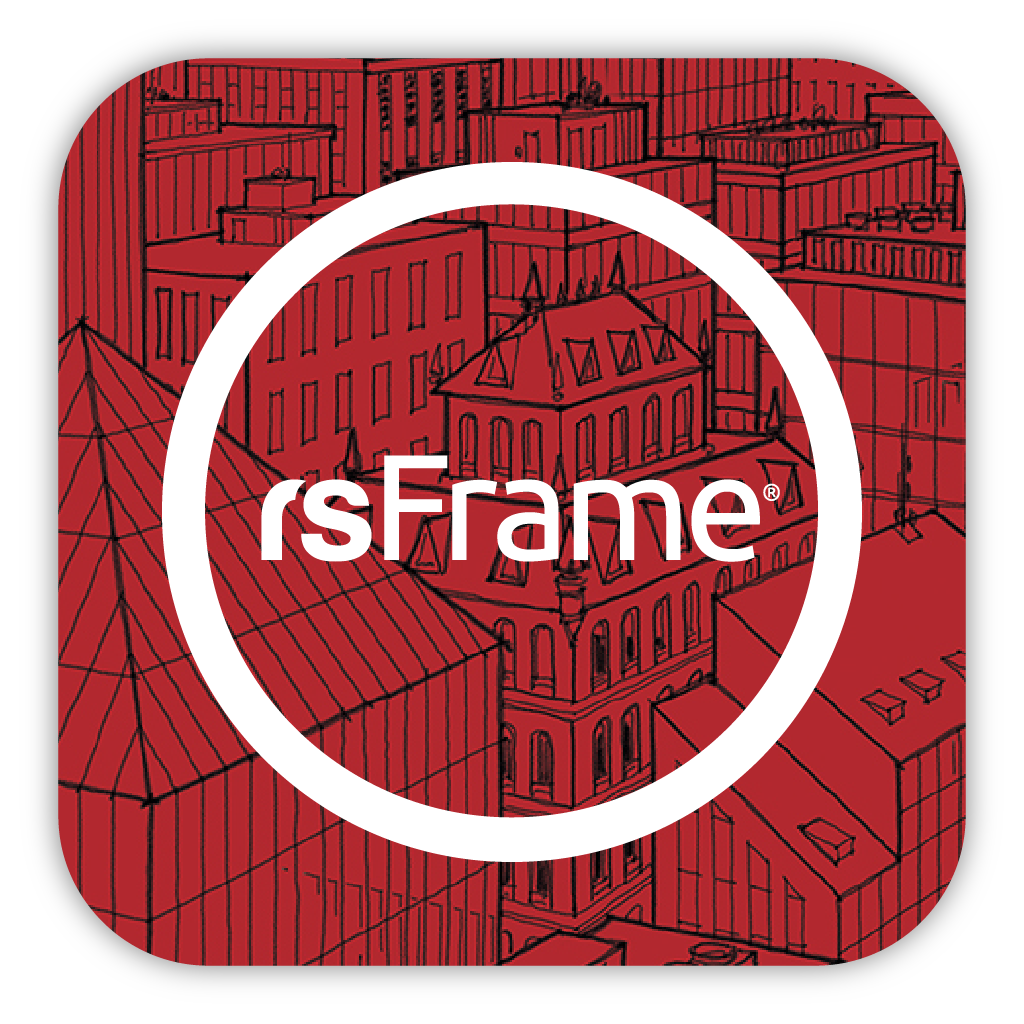
THE WHOLE IS MORE THAN THE SUM OF ITS PARTS
Multiple applications open simultaneously, on two or more computers. This data retrieval situation is still a reality today for many users. Not with rsFrame. The standard software integrates multiple applications and data sources in a single cockpit, with a standard and clear operating philosophy. This saves time and avoids errors, since data only has to be entered once.
PIA, the cockpit
What the cockpit is for the aircraft pilot, is for the security expert the Personal Information Assistant (PIA). The functions most frequently used are accessed from the start screen. Data search and retrieval functions, messages, open tasks, or modules such as GIS can be called up directly from here.
Searching and Deep Learning
The search function delivers hits even when numeric or alphabetic characters have been transposed. This tolerance in terms of “similarities” is an advantage when searching in large amounts of data. The underlying algorithm can be “trained” in combination with Deep Learning, and is also designed for use with different languages. An especially valuable feature is the automatic reporting of duplicates. Based on rules, similar data records are identified and reported to the person entering the data, which for example is particularly useful in the case of names, and results in high data quality.
Reporting tools
Statistical data can be exported as standard via interfaces to e.g. Excel (Microsoft), InfoZoom® (humanIT) and List & Label. The report generator List & Label allows creation of user-customised reports. All other analysis results such as structure diagrams can also be printed.
Text analysis
Documents stored in the system are analysed automatically, with the objective of finding links, e.g. for proper names, locations or numbers, that can be graphically processed and stored.
Geographical analysis
Displaying movement profiles on the basis of mobile communications data is just as straightforward as, for example, a hotspot analysis of offences on a map. Graphical display of all incidents in the vicinity of a location in a section of a map is also possible. These capabilities are supported and enhanced by means of interfaces to all commercially available geoinformation systems.
Structure analyses
rsFrame also allows the user to graphically display links to data and individual persons. Photos and audio and video files can be integrated into this display. With this functionality, structures become evident. Alternatively, these analyses are also possible via an interface to the IBM i2 Analyst’s Notebook.
TECHNOLOGICAL DESIGN PRINCIPLES
Each data analysis is based on a question. Either a specific search for an offender, or for offence patterns and anomalies. rsFrame takes this into account in its fundamental technological design, which is oriented to the Intelligence Cycle. Functionalities and workflows in rsFrame follow this internationally established analysis process, and in this way provide a type of guide via digitalisation and streamlining of familiar methods of working.
